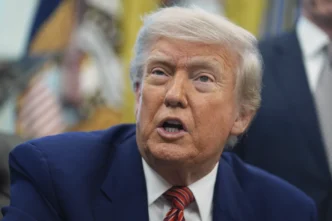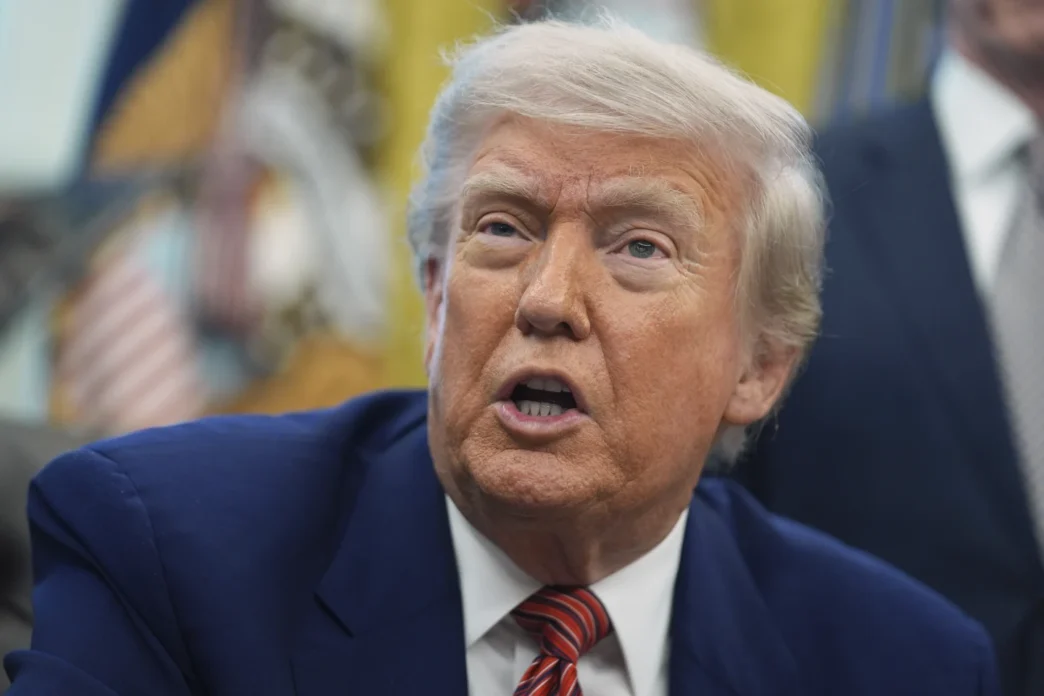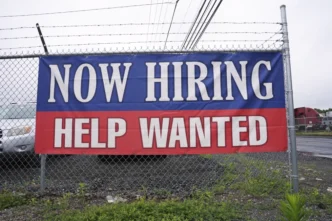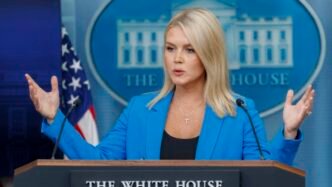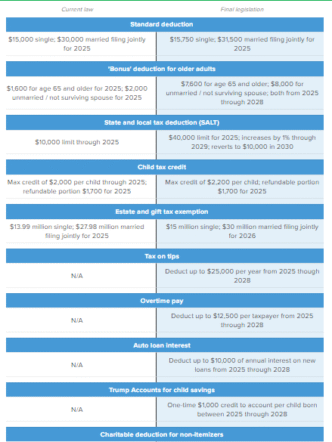Overall Summary
The Associated Press article examines Donald Trump’s campaign proposal to impose a universal 10% tariff on all imported goods and a much steeper tariff of 60% or more on Chinese imports. Citing analyses from several economic think tanks, the article concludes that this plan would function as a massive tax increase on American consumers, costing the average household an estimated $1,500 per year. Economists warn it would not only raise prices but also spark retaliatory tariffs from other countries, hurting U.S. exporters and likely leading to job losses, ultimately damaging the U.S. economy.
Key Sections of the Article
1. Trump’s Tariff Proposal Explained
The article details the two main components of Trump’s trade policy vision:
-
A Universal 10% Baseline Tariff: This would be a new tax applied to all goods entering the United States from any country. This is a radical departure from the current system, where tariffs vary widely by product and country of origin.
-
A 60% (or higher) Tariff on Chinese Goods: This is a much more aggressive and targeted measure aimed specifically at decoupling the U.S. economy from China.
2. The Core Finding: The Cost to American Consumers
This is the central focus of the article. It explains how tariffs would directly impact household budgets:
-
The $1,500 Annual Cost: This figure comes from an analysis by the Center for American Progress (CAP), a left-leaning think tank. They calculate that the 10% universal tariff would effectively act as a large, regressive sales tax on American families.
-
How the Cost is Passed On: The article clearly refutes Trump’s claim that foreign countries (like China) pay the tariffs. It explains the mechanism:
-
The U.S. government levies the tax on American import companies.
-
The U.S. importer pays the tax.
-
To protect their profit margins, the importer passes that cost on to retailers (like Walmart or Target).
-
The retailer, in turn, passes the cost on to the American consumer in the form of higher prices.
-
-
Impact on Domestic Prices: The tariffs would also allow domestic U.S. companies to raise their prices because they would face less competition from cheaper foreign goods. This means even the prices of American-made products would likely rise.
3. Wider Economic Consequences
Beyond consumer prices, the article outlines other significant negative impacts predicted by economists:
-
Retaliation from Trading Partners: Other countries would not absorb these tariffs without responding. They would impose their own “retaliatory tariffs” on American-made goods, such as soybeans, bourbon, and Harley-Davidson motorcycles (as they did during Trump’s first term).
-
Harm to U.S. Exporters and Job Losses: Retaliation would make U.S. exports more expensive and less competitive abroad, harming American farmers and manufacturers. The U.S. Chamber of Commerce has warned that a new trade war could threaten millions of American jobs.
-
Disruption from the China Tariff: The Peterson Institute for International Economics (PIIE), a nonpartisan think tank, analyzed the 60% China tariff. Their conclusion is stark: it would be so punitive that it would “virtually halt all Chinese imports.” This would cause a massive supply chain shock, far greater than the disruptions seen during the pandemic, as companies scramble to find new suppliers for countless products.
4. Historical Context: Lessons from Trump’s First Term
The article reminds readers that this is not a purely theoretical exercise. It draws on data from the tariffs Trump imposed between 2018 and 2019:
-
Past Tariffs Didn’t Bring Back Jobs: Economic studies of that period found that Trump’s tariffs on steel, aluminum, and various Chinese goods did little to increase employment in protected U.S. industries.
-
Past Tariffs Did Raise Prices: Those same studies confirmed that the costs of the tariffs were passed on almost entirely to American consumers and businesses.
-
Biden’s Stance: The article notes that President Joe Biden has kept many of Trump’s original tariffs in place and has even added his own, particularly on Chinese electric vehicles and solar panels, showing that protectionist sentiment exists in both parties, though Trump’s new proposal is far more sweeping.
Conclusion
The AP article presents a strong consensus from a range of economists and business groups: Trump’s tariff proposal, while potentially appealing as a way to protect American industry, would likely backfire. The overwhelming evidence suggests it would act as a significant tax on American families, trigger a damaging international trade war, and create severe economic disruptions, without achieving the primary goal of revitalizing U.S. manufacturing on a large scale.
